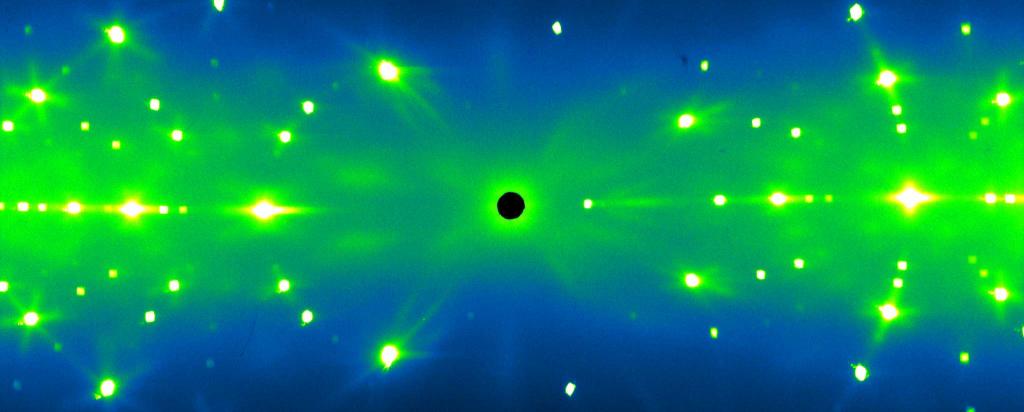
Services - Koala
Sample environments available
Data analysis
Data analysis is supported through user training which is provided at the AINSE Neutron Scattering Winter School (http://www.ainse.edu.au/events2/winter_schools).
Data analysis for Koala can be carried with a variety of software packages, here some examples:
SHELX is a set of programs for crystal structure determination from single-crystal diffraction data and can be found at http://shelx.uni-ac.gwdg.de/SHELX/.
JANA is a program for structure analysis of crystals which are periodic in three or more dimensions which can be found at http://jana.fzu.cz/.
CRYSTALS is a software package for single crystal X-ray and neutron structure refinement and analysis. It can be downloaded from http://www.xtl.ox.ac.uk/crystals.html.
Data Correction and Reduction
The LaueG software suite is used to process and display the raw image files from Koala. LaueG for 64-bit Windows can be downloaded in two versions: Latest and Stable.
If you experience difficulties with the first version, try the second, and please report the problem by emailing Ross.Piltz@ansto.gov.au. To install, unzip the downloaded file and read the install file but do not try to install LaueG until you have installed a compatible version of SCILAB. The Users Manual for LaueG is included with the installation.
Examples for LaueG that were included in the paper “Accurate data processing for neutron Laue diffractometers” by Ross O. Piltz and submitted to J. Appl. Cryst. (2018).
The SCILAB software package (available from https://www.scilab.org/) is required to run LaueG, and it must be the 64-bit Windows version and must be installed prior to LaueG. Mirrors to the last two versions of SCILAB (as of Oct 2017) are available here: SCILAB 6.0.0 or SCILAB 5.5.2.
Data Access
The Australian Centre for Neutron Scattering promotes access to data collected during scientific experiments. Read more about Data Archiving.
Access to data is available at ANSTO during the 3 year embargo period via the following options:
- Login to https://tardis.nbi.ansto.gov.au where you can search through your data and download as required.
- Access a secure copy at scp.nbi.ansto.gov.au using a client such as FileZilla (see http://filezilla-project.org/download.php) or winSCP (see http://winscp.net/eng/download.php).
If you are unable to login, contact the User Office user.office@ansto.gov.au
It is ANSTO policy that after a 3 year embargo period, data becomes publicly accessible. This can be viewed as "Public Experiments" at https://tardis.nbi.ansto.gov.au. Metadata relating to the experimental data is copied to Research Data Australia http://researchdata.ands.org.au. In encouraging this practice ANSTO has helped many researchers forge new collaborations.